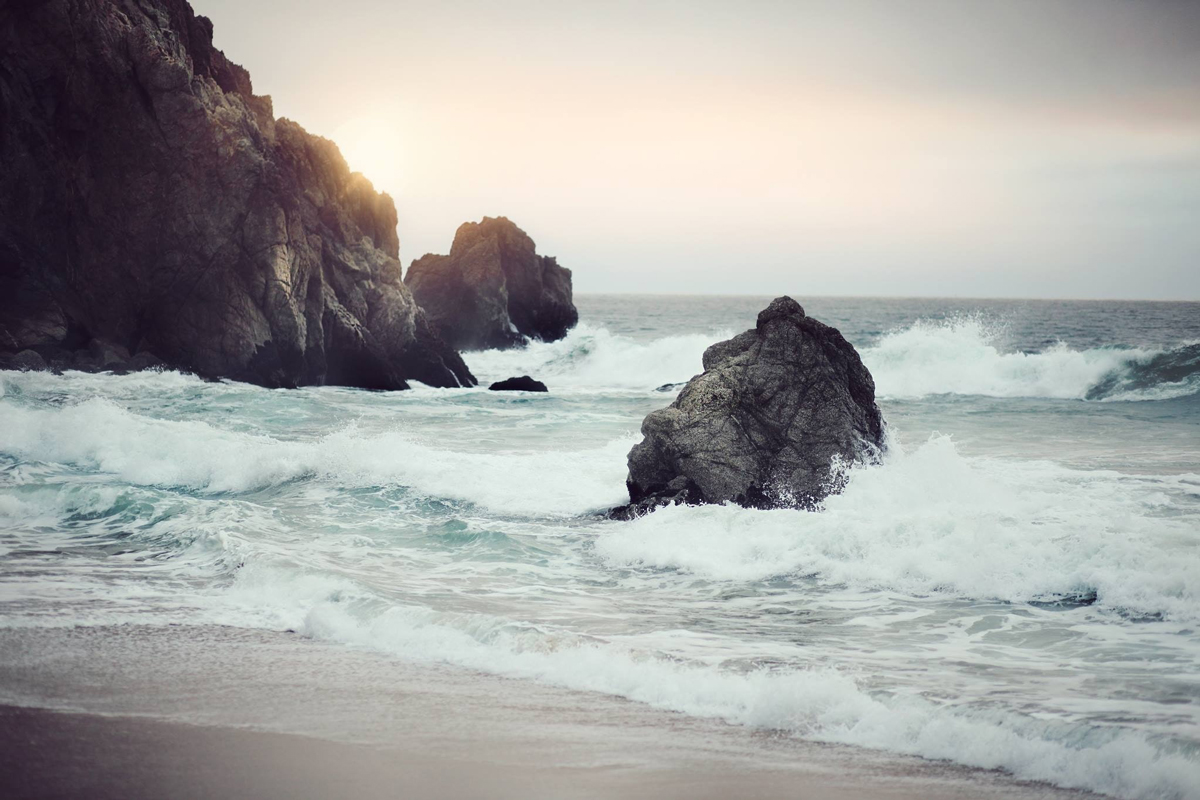4 Environmentally Conscious Poets Making Waves Through Writing
More and more artists, writers, and other creators continue to step into the movement to protect the environment and fight climate change. From museum exhibits that powerfully illustrate the topic to evocative films, nearly every genre of art has championed the cause.
There’s proof that these politically conscious works have real impact. In fact, studies have shown that art can help illuminate the concept of climate change, transforming it into something tangible and meaningful. Art can also help activists fend off burnout and find hope, even when advocating for their cause seems like a long fight. These four poets balance fierceness and optimism, writing their way toward a more sustainable future.
Tommy Pico
Kumeyaay poet Tommy Pico writes about the environment through the lens of queer and Native issues. In his sprawling collection Nature Poem, he turns the idea of nature poetry on its head, resisting lush pastorals in favor of poems that evoke the political significance of land and its ownership. Pico considers how violence against Native land represents a larger violence against Native people, amplifying often unheard voices.
In an excerpt from Nature Poem, published in The Paris Review, Pico questions who gets to evade personal responsibility for past violence, challenging how these wrongs have been represented in both art and history.
“I can’t write a nature poem bc that conversation happens in the Hall of / South American Peoples in the Museum of Natural History / btwn two white ladies in buttery shawls as they pass a display case of / ‘traditional’ garb from one tribe or another it doesn’t really matter to anyone,” writes Pico. “And that word Natural in Natural History hangs / also History / also Peoples / hangs as in frames / it’s horrible their culture was destroyed / as if in some reckless storm.”
Jenny Gomez
Climate Speaks, an annual program hosted by The Climate Museum, invites young spoken word poets to perform poems on the topic of climate change. Jenny Gomez, a 2019 finalist and current student at Brooklyn College, said her goal in performing her poem, “Earth’s Downfall,” was to “inspire current and future generations to generate solutions to save both our planet and themselves.”
In “Earth’s Downfall,” Gomez writes a persona poem from the perspective of the Earth, comparing global warming to an illness. This powerful technique locates the reader or listener in the Earth’s “body,” allowing them to feel all of its harm and sensations.
“There were days when my body felt as cold as an Ice Age,” writes Gomez, “God awful rigid and crisp to the point that I got / Blisters on my colorless cracked lips. / Or as though on a Midsummer afternoon / My body was an Arid concrete street / As my health was skipping two steps down at a time.”
Amelia Dye
Winner of a Young Poets of the Year Award, Amelia Dye is part of a network of young people using poetry to emphasize the realities of climate change.
“Speak Out,” published on Young Poets Network, reinforces the power of a larger community and its ability to create change. “[M]y fear makes me burn brighter,” Dye asserts. “[M]y entire being has been doused / in the very gasoline that you sell my future out for. / you think that this anger / that is fueling my screams / could be quieted by you? / i am one of millions.”
Maya C. Popa
Maya C. Popa, winner of the prestigious 2020 North American Book Prize, makes climate change a major and recurring theme throughout her work. She continues this advocacy by speaking out about the topic in interviews. In a conversation with Napkin Poetry Review, Popa stated, “Climate change is political, it’s a real problem and pressing issue but it’s also one that’s married in politics which brings us to a standstill. But these are life or death things, it’s not as if you can come to a standstill here.”
In her poem “Late Genesis,” recipient of the 2020 Alpine Fellowship, Popa speaks from the perspective of a future generation, looking back at a past where nature still existed in its many forms. In this exercise with time, Popa seems to make a point that it’s not too late to advocate for change, but she underlies this cry with urgency.
“[T]he picture of a polar bear / perched atop an icecap / made everyone feel lonely and unclean,” writes Popa. “They wondered such a thing had ever existed, / a knoll of living snow, eyes plucked / from a child’s coat. / Hadn’t it all / seemed beholden to them?”
Feeling inspired by these visionary poems? Continue the ecopoetic tradition by writing one of your own. As a prompt, reflect on your favorite place in nature. What would you do to protect it? Make the stakes and emotion behind this image clear.




